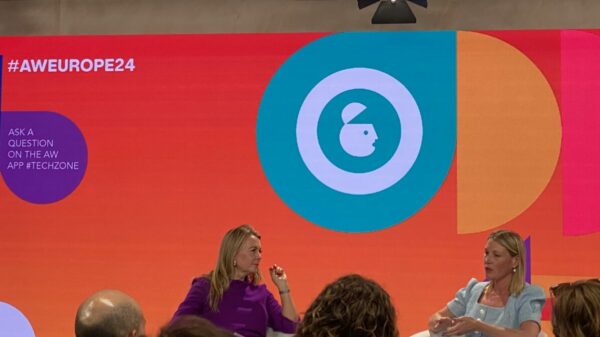Ahead of the upcoming general election, the UK trade body Advertising Association has issued a new set of guidance in order to help first-time voters better understand political advertising.
Created in partnership with the advertising and media education programme Media Smart, the ten-point guide is entitled ‘What’s the deal with political advertising?’.
Media Smart worked with youth-focused creative agency Livity in order to produce the guide, which answers questions on election rules. It also answers queries such as how media platforms are responding to digital and AI-generated content, steps to tackle misinformation and fact-checking, and how people can improve their political literacy.
It comes as data from UK advertising think tank Credos found that 44% of people are concerned about political advertising, with people much less likely to trust political advertising (27%) than commercial advertising (39%).
In the UK, political ads are notoriously edgy, with the parties taking increasingly libellous potshots at one another – as can be seen in Saatchi&Saatchi’s famous 1978 ‘Labour isn’t working’ campaign, or the Conservative Party’s 1997 award-winning ‘Demon Eyes’ advert.
Subscribe to Marketing Beat for free
Sign up here to get the latest marketing news sent straight to your inbox each morning
To help promote the guide The AA is launching an awareness campaign which will be made available on Media Smart’s website for parents and teachers to download and use at home and in the classroom.
It forms part of an array of actions the AA is taking in order to drive public trust in the advertising industry, with a full update on the trust programme.
“In this year of elections we want to help young people, especially those preparing to vote for the first time, fully understand political advertising,” said Media Smart executive director Rachel Barber Mack.
“Research shows nearly half trust political advertisements, but a similar level have concerns. We have a responsibility to make sure they know how to read, check, and understand any advertising information received to help inform their voting decision.”









